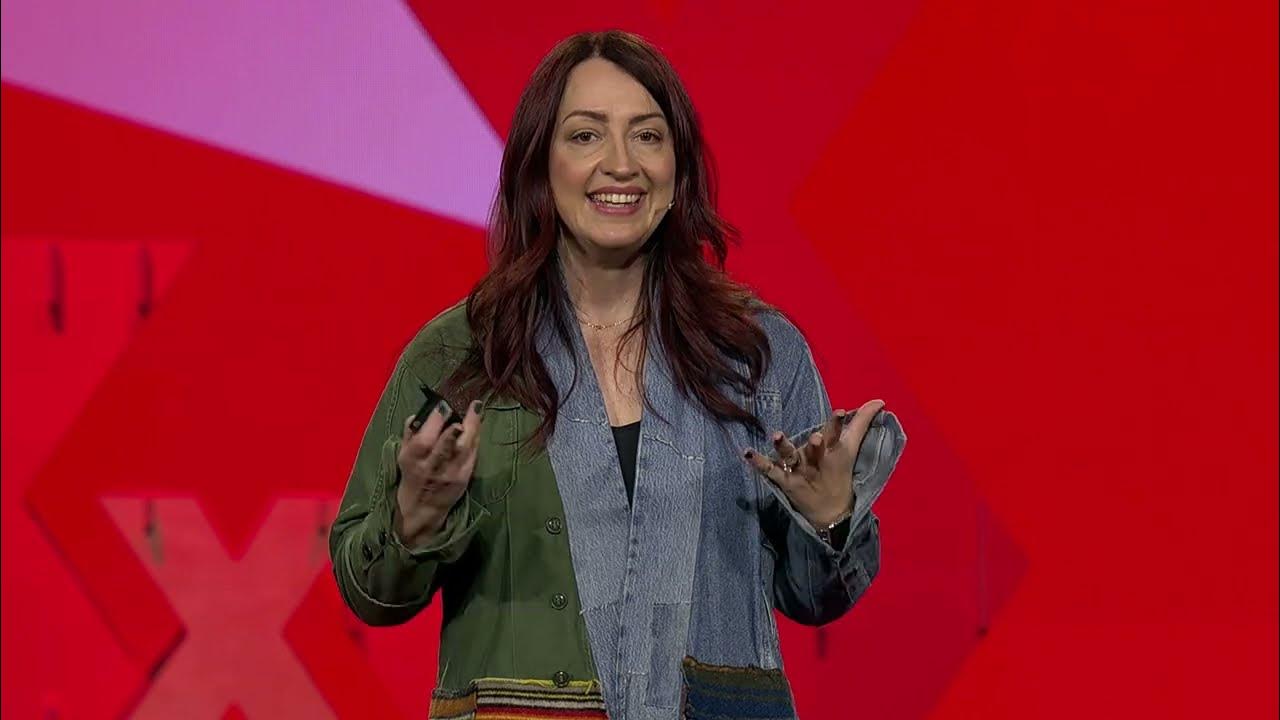Reflection of Light | Don't Memorise
Summary
TLDRThis engaging lesson explores how we see objects around us, highlighting the crucial role of light. It explains that while our eyes help us see, we need light to perceive objects. Luminous objects, like the sun and light bulbs, emit their own light, while non-luminous objects, like a table or the moon, reflect light. The process of reflection, where light bounces off surfaces and reaches our eyes, allows us to see non-luminous objects, including ourselves in mirrors. The video introduces basic concepts of light and reflection, preparing learners for more advanced topics.
Takeaways
- 👀 We need our eyes to see objects around us, but eyes alone aren't enough to see in the dark.
- 💡 Light is essential for us to see things; without it, we cannot perceive objects.
- 🔆 Objects that emit their own light are called luminous objects, like a fluorescent bulb, the sun, and stars.
- 🔲 Objects that do not emit their own light are known as non-luminous objects, such as tables, chairs, and the human body.
- 🌙 The moon and planets are non-luminous objects, but we can see them because they reflect light.
- 🔄 Reflection of light is the bouncing back of light from a surface, which allows us to see non-luminous objects.
- 🏓 Just as a ball bounces off the ground, light reflects off smooth surfaces and changes direction.
- 👥 We see our reflection in a mirror because light reflects off our bodies, hits the mirror, and then reaches our eyes.
- 🔍 Images are formed by the reflection of light, which means we need light to see images in mirrors.
- 📚 This explanation is a simplified version of reflection and light behavior, which can be explored in greater detail in advanced studies.
Q & A
1. How do we see objects around us?
-We see objects around us using our eyes, but we also need light to be able to see them.
2. Can we see objects in the dark using only our eyes?
-No, we cannot see objects in the dark because we need light to be able to see.
3. What are luminous objects?
-Luminous objects are objects that emit their own light, such as a fluorescent bulb, the sun, or stars.
4. Can you give examples of non-luminous objects?
-Non-luminous objects include things like tables, chairs, wood, plastic, cotton, and metal. These objects do not emit their own light.
5. Why can we see the moon if it is non-luminous?
-We can see the moon because it reflects light from the sun, which is an example of the reflection of light.
6. What is reflection of light?
-Reflection of light is the change in direction of light or the bouncing of light off a surface, allowing us to see non-luminous objects.
7. How do we see non-luminous objects?
-We see non-luminous objects when light from a source strikes them, reflects off their surface, and reaches our eyes.
8. What happens when an object is placed in front of a mirror?
-When an object is placed in front of a mirror, an image of the object is formed due to the reflection of light from the object and the mirror.
9. Why can't we see an image in a mirror in the dark?
-We can't see an image in a mirror in the dark because there is no light to reflect from the object or the mirror.
10. Is the human body luminous or non-luminous?
-The human body is non-luminous because it cannot emit its own light. We see it by the reflection of light from other sources.
Outlines

このセクションは有料ユーザー限定です。 アクセスするには、アップグレードをお願いします。
今すぐアップグレードMindmap

このセクションは有料ユーザー限定です。 アクセスするには、アップグレードをお願いします。
今すぐアップグレードKeywords

このセクションは有料ユーザー限定です。 アクセスするには、アップグレードをお願いします。
今すぐアップグレードHighlights

このセクションは有料ユーザー限定です。 アクセスするには、アップグレードをお願いします。
今すぐアップグレードTranscripts

このセクションは有料ユーザー限定です。 アクセスするには、アップグレードをお願いします。
今すぐアップグレード関連動画をさらに表示

Cahaya IPA SMP Kelas 8 #Part1Cahaya

What is Air Pressure: Egg Demonstration

LIGHT: REFLECTION AND REFLACTION 💡 Science for Kids ⚡ Part 2 🌈

Design can change the way you see the world | Dana Tomić Hughes | TEDxSydney

Why questions for kids: How do we see colour? Light and colour science. Physics for children

What are the Laws of Reflection of Light? | Physics | Don't Memorise
5.0 / 5 (0 votes)
